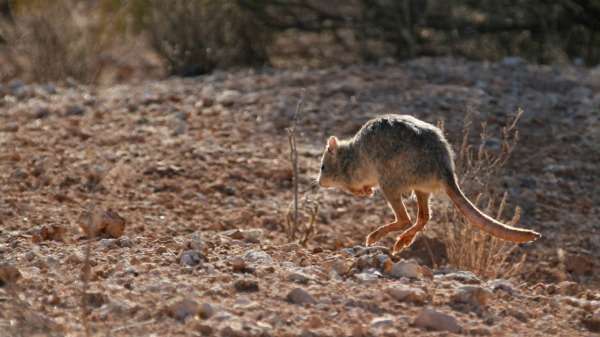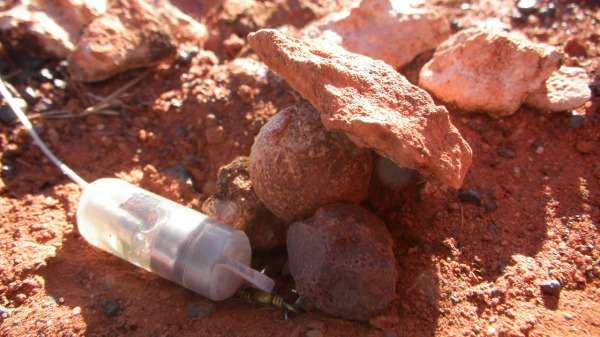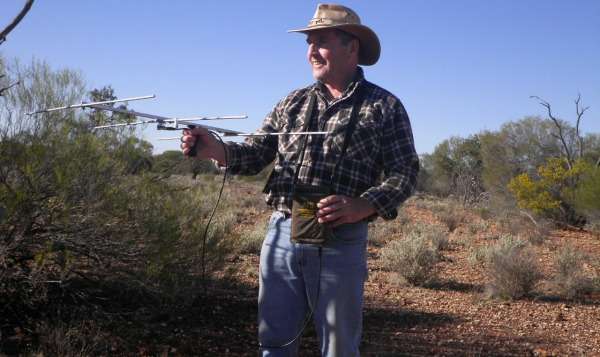Bettongs bolster sandalwood chances

Burrowing bettongs (Bettongia lesueur) play an important role in distributing sandalwood (Santalum spicatum) tree seeds and thus potentially bolstering diminishing sandalwood populations, according to recent research.
Department of Parks and Wildlife scientist Tamra Chapman studied the role bettongs play in sandalwood seed dispersal at Matuwa (Lorna Glen ex-pastoral lease) in the Goldfields.
Dr Chapman knew bettongs tended to cache sandalwood seeds and bury them to return to eat later.
As such, she attached tiny transmitters to 20 sandalwood seeds and placed them in an 1,100ha cat-free enclosure at Matuwa where translocated bettongs live.
She then placed another 15 sandalwood seeds with the transmitters attached to an area outside the enclosure, where bettongs have previously fallen victim to cat predation.
All 20 of the seeds within the enclosure were moved on the first night of the six-night study and none of the seeds outside the enclosure were moved.
Of the seeds within the enclosure, some were moved up to six times and around 80m from where they were originally placed, with one seed moved 350m.
Dr Chapman says such seed dispersal is crucial to the survival of sandalwood trees.
"If sandalwood seeds remain beneath the parent tree the chances of germination are more or less nil," she says.
"They need to be moved away from the parent tree and find a host plant to reproduce."

Sandalwood has declined due to commercial demand for sandalwood oil, which requires the entire tree to be harvested.
It has suffered further from grazing pressure.
Helping to compensate for this loss by replanting sandalwood on a large scale requires earthmoving equipment and irrigation in often fragile rangelands environments.

"Bettongs present a non-invasive way for sandalwood seeds to get dispersed and create a low-impact way of contributing to the revegetation of sandalwood," she says.
Dr Chapman says emus also help to distribute sandalwood seeds, although the seeds are distributed in bunches in the emu's droppings rather than individually or in small groups as the bettong buries in its stashes.
Floodwaters also help the seeds disperse, but the seeds are not as likely to germinate through floodwater dispersal on the ground surface, as they are when buried underground by bettongs.
More information: "Reintroduced burrowing bettongs (Bettongia lesueur) scatter hoard sandalwood (Santalum spicatum) seed." Australian Journal of Zoology 63(1) 76-79 dx.doi.org/10.1071/ZO14090
Journal information: Australian Journal of Zoology
Provided by Science Network WA




















